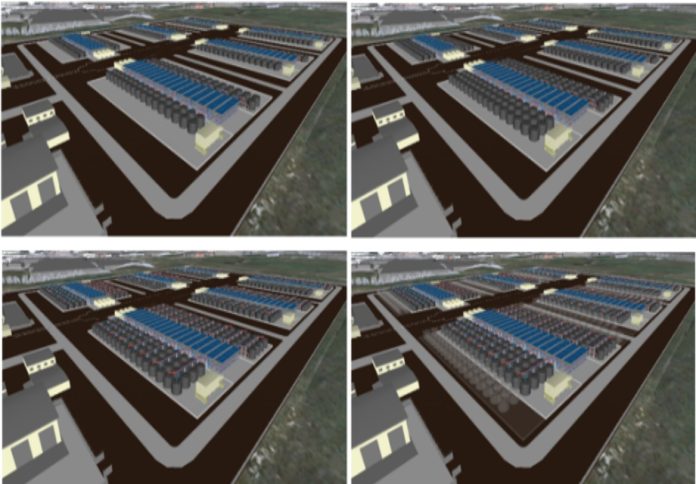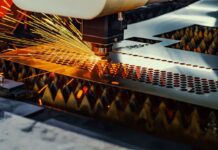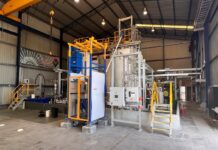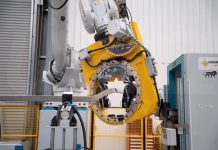
Australian Vanadium has announced further progress in the development of Project Lumina, its vanadium flow battery (VFB) energy storage solution, reporting improved competitiveness in energy storage costs following detailed design and engineering efforts.
The company revealed that the Levelised Cost of Storage (LCOS) for an eight-hour vanadium flow battery-based energy storage system (VFB BESS) has been refined to AUD 214 per megawatt-hour (±30%).
This marks a notable reduction from the previous estimate of AUD 251/MWh and places it within range of lithium-ion battery systems of similar duration currently available on the market.
Early design and engineering work on Project Lumina has been carried out in collaboration with infrastructure partners GenusPlus Group, Sedgman (a CIMIC Group company), and Austrian VFB manufacturer CellCube Energy Storage GmbH.
The work has helped define a modular energy storage system designed to be scalable and cost-effective for utility-scale applications across Australia.
Graham Arvidson, Chief Executive Officer of AVL, said the company’s strategy of vertical integration through its subsidiary VSUN Energy is paying off as long-duration storage becomes a growing priority in Australia.
“That moment has arrived,” Arvidson said. “We are seeing VFB BESS identified as the preferred solution in some longer-duration projects. Project Lumina is tracking towards detailed design by the third quarter of calendar year 2025.”
Arvidson noted that the updated cost estimates are underpinned by a vanadium oxide price of USD 10 per pound, suggesting that VFB systems can remain competitive even at price levels that incentivise new vanadium supply.
The Project Lumina design aims to address several key challenges in energy storage, including faster deployment, lower construction and shipping costs, and greater use of local content.
The system is built using modular 15 MW arrays, with flexible storage durations ranging from four to over 12 hours. The design also allows for future expansion with minimal capital investment by adding extra electrolyte and tanks.
Sedgman and GenusPlus have contributed technical expertise to help optimise the storage and pumping systems using commonly available technology, with a focus on simplifying supply chains and increasing capital efficiency.
AVL said additional design and engineering work conducted since November 2024 has continued to reinforce the competitiveness of the project.
VSUN Energy is now targeting utility-scale projects in five states, working alongside government policies that support long-duration storage, vanadium mining, and domestic processing of critical minerals.
Looking ahead, the company said it plans to finalise a construction-ready design, progress partnerships for energy offtake and land access, and develop a funding strategy that could involve debt, strategic equity, or participation from Australian government agencies. AVL is also evaluating whether to pursue a build-own-operate (BOO) model for Project Lumina.
AVL said Project Lumina has the potential to establish the company as a globally competitive supplier of battery energy storage systems and materials.


















